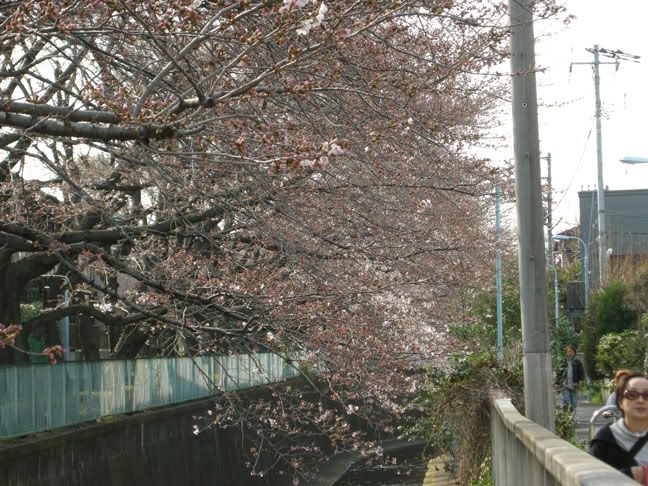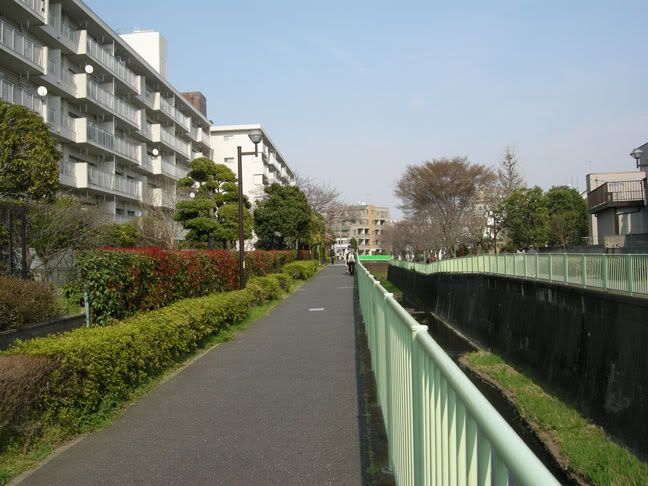Indeed, thank you for the update.
I've heard back from my friend up in the north, and the family is okay.
We've apparently lost some folks who had homes in or around Fukushima and Soma, though.
My cousin the former JAL exec and I are still hoping to visit Japan next year.
I've heard back from my friend up in the north, and the family is okay.
We've apparently lost some folks who had homes in or around Fukushima and Soma, though.
My cousin the former JAL exec and I are still hoping to visit Japan next year.





